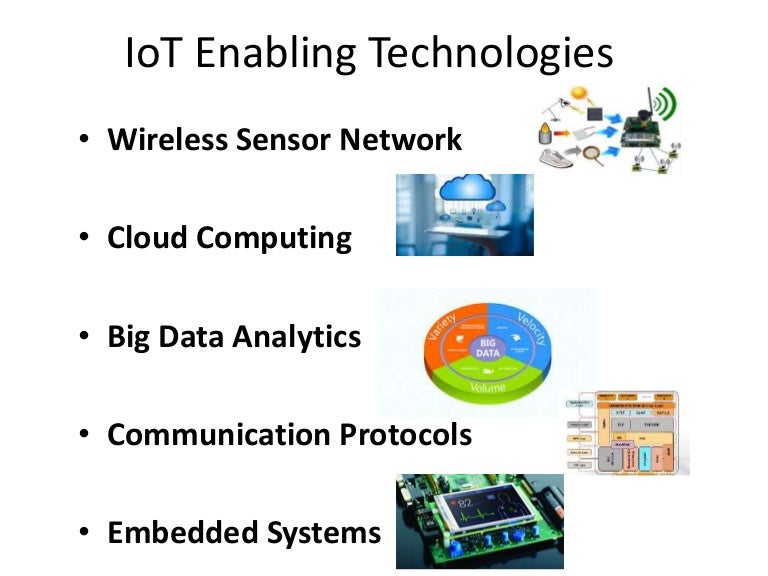
Pressure transducers convert the energy from the pressure of fluids to a signal that is output in a sensor standard protocol like 4-20 mA. active sensors like ultrasonic and radar sensors that actively output a signal that is used for level measurement.

They are considered more passive sensors, vs. In a sense, pressure transducers measure the pressure, or weight, of the water that is on top of them. Ultrasonic sensors are deployed above the fluids you need to monitor and are referred to as non-contact sensors, which may be critical depending on your monitoring scenarios. Based off of these high frequency sound waves, ultrasonic sensors output a sensor reading, typically in an industry standard sensor format like 4-20 mA. Ultrasonic sensors measure how much time it takes for the echo to hit the target (e.g., water) and return to the sensor.

Typically, ultrasonic sensors send out sound waves to determine fluid levels, whether your organization is monitoring chemicals in tanks or measuring river water levels from a bridge. Let’s discuss common IoT water sensors you can choose from: There are many hardware manufacturers and various technologies available.
#WIRELESS REMOTE FOR POWERPOINT LOST SENSOR HOW TO#
You’ve got a lot of options for how to monitor water levels. In this story, we’ll focus on how IoT devices monitor water levels for flood warning systems. What happens when there’s too much water? Can Industrial IoT sensor monitoring help smart cities with effective Flood Warning Systems?įortunately, today’s technologies make it easier to rapidly deploy environmental monitoring solutions. You may already know that water monitoring systems have impacts on our environment as well as you and your family’s health.


 0 kommentar(er)
0 kommentar(er)
